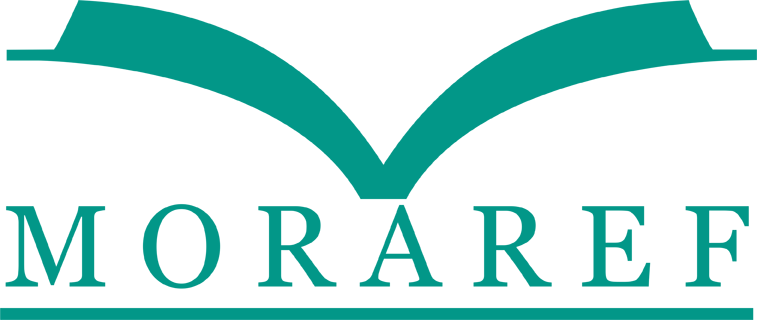PERBEDAAN PERUBAHAN PH SALIVA ANTARA BERKUMUR TEH CELUP DAN TEH TUBRUK PADA IBU PKK KELURAHAN MUKTIHARJO KIDUL
Abstract
TITLE
THE DIFFERENCE OF PH SALIVA IN WOMEN RINSED WITH TEA BAG AND CRUSHED IN PKK KELURAHAN MUKTIHARJO KIDUL
ABSTRACT
Tea is an herbal product that has the ability to increase salivary pH and has an antibacterial effect. Tea has antibacterial and anticariogenic effects that can decrease saliva and plaque acidity so that it is effective in preventing caries. Almost half of the PKK mothers had moderate tooth decay. Every day they consume tea either tea bag or tea tubruk. The aim of this research is to know the difference of change of mouthwash of tea bag and tea tubruk to saliva pH.
Type of research used is Experiment. The research method used in this research is Quasi Eksperiment or often called quasi experiment is a research with the existence of a treatment to the sample group but there is no control group (all groups of samples get treatment). The design of this study using two groups of subjects namely pretest and posttest. Sample used as many as 24 people. Sampling technique that will be used in this research is total sampling that is entire population used as sample. Data analysis used in this research is descriptive quantitative.
The results showed changes in salivary pH before and after rinsing tea bags and tea tubruk before rinsing tea showed average salivary pH 6.6, after rinsing tea dye showed average salivary pH 7.6 with difference of 1.0 and before rinsing tea tubruk average saliva pH is 6.8, after rinsing tea tubruk average saliva pH is 7.4 with difference 0,6. From this study it can be concluded that gargling tea can increase saliva pH higher than tubruk tea, so it is advisable to rinse / consume tubruk tea in order to cope with the increase of high salivary pH.
Key words : Tea Bag, Tea Tubruk, pH of Saliva
Keywords
Full Text:
PDFReferences
Amerongen, A. 1991. Ludah dan Kelenjar Ludah Arti bagi Kesehatan Gigi. Gajah Mada Univessity Press: Yogyakarta.
DepkesRI. 2009. UU Kesehatan No.36 Tahun 2009: Jakarta.
Ghofur, A., 2012, Buku Pintar Kesehatan Gigi dan Mulut. Mitra Buku: Yogyakarta.
Indriana, T. 2011. Perbedaan Laju Aliran Saliva dan pH Karena Pengaruh Stimulus Kimiawi dan Mekanis, J Kedokt Meditek :17 (44) : 1- 5.
Kukreja, B.J., Dodwad, V,. 2012. Herbal Mouthwashes-a Gift Of Nature. Internasional Journal Of Pharma and Bio Sciene ; 3 : 46–52.
Mieke. 2008. Pengertian dan fungsi saliva. Diakses tanggal; 21 November 2014.
Miletic, I., Baraba, A. 2011. Aetiological Factors For Susceptibility : Saliva (Roles, pH Scoring) and Bacteria. Journal Of Minimum Interventionin Dentistry ; 4 (2) : 17–19.
Notoadmodjo, S. 2012. Metode Penelitian Kesehatan. Rineke Cipta: Jakarta.
Permatasari, dkk. 2013. Efektivitas Berkumur Infusum Teh Hijau Pada Perubahan pH Saliva Pada Anak SD Berusia 9-11 Tahun di SDN Dinoyo II Malang.
Putri, J. M. 2010. Pengaruh Stimulasi Berkumur, Mengunyah, Dan Asam Sitrun Terhadap Sekresi & Ph Saliva. Fakultas Kedokteran GigiUniversitas Gadjah Mada: Yogyakarta.
Riset Kesehatan Dasar (RISKESDAS) 2013. Laporan Nasional. Kementrian Kesehatan Republik Indonesia.
DOI: https://doi.org/10.31983/jkg.v4i2.3203
Article Metrics
Refbacks
- There are currently no refbacks.
| View My Stats |











.png)


.png)
.png)








